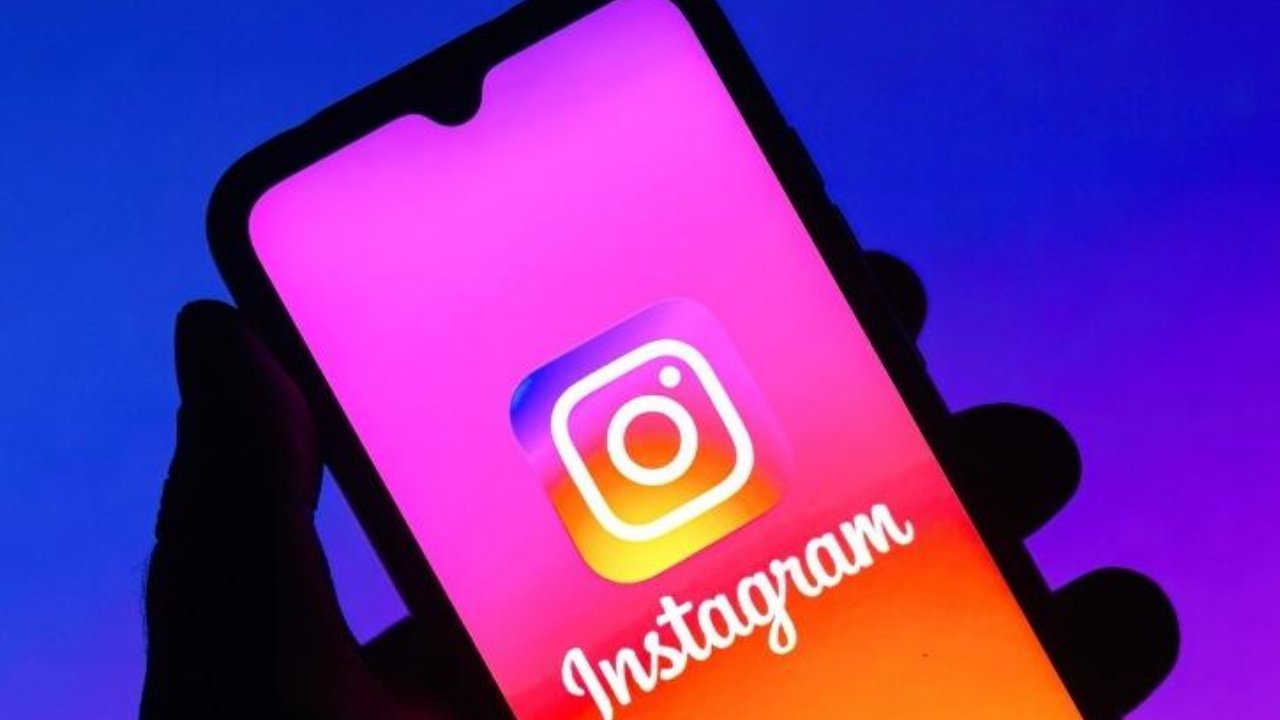Gaming
Blackjack and mobile casinos: how gambling has adapted to a new way of interacting

Blackjack on smartphones: how card games are taking over the mobile casino space
The transition of gambling entertainment to a mobile format can safely be called one of the main trends of the 2020s. Particularly prominent in this segment are blackjack, baccarat, and roulette, which are rapidly gaining popularity on smartphones, gradually replacing classic slot machines and video slots. The reason for this is the changing behavior of users and the focus of software developers on convenience, speed, and interactivity.
Blackjack has become one of the most popular mobile games. Simple rules, low casino advantage, fast rounds, and an adaptive interface make it ideal for short sessions “on the go.” Today’s mobile apps offer live dealer games, the ability to play multiple games at once, and optimized features such as tap-to-bet and quick rebet, which make the process as convenient as possible.
Why blackjack leads the way among mobile games
Unlike many casino games, blackjack adapts almost perfectly to the mobile screen. Its mechanics do not require overly complex animations or long content downloads — one round takes less than a minute, and the interface fits easily even on a 5-inch smartphone screen. This makes the game extremely interesting for users who prefer fast-paced betting and short gaming sessions.
In addition to speed, this game of chance also wins in terms of predictability. Unlike slots, where the result depends entirely on a random number generator, blackjack players can use:
- various card strategies;
- calculate moves;
- increase their chances of a successful outcome.
This combination of control, pace, and simplicity makes the game particularly popular among experienced players and beginners alike.
The visual component should not be overlooked either. Modern applications offer an immersive casino experience with elements of adaptive animation, where cards are dealt in front of the user’s eyes, and interactive elements enhance engagement. This is no longer just a “card mini-game,” but a full-fledged gaming product.
It is also important to note the role of mobile gambling UX. Convenient one-handed control, clear separation of functional areas, minimalism, and quick access to basic actions make blackjack the benchmark among mobile table games. Players don’t need to switch between screens or go through unnecessary steps: one touch is enough to place a bet, deal cards, and get the result.
New UX: how mobile interfaces have changed table games
The emergence of adaptive mobile design in gambling has been a turning point for the entire industry. Unlike stationary casino interfaces, mobile UX requires minimalism, intuitiveness, and responsiveness. These qualities set the tone for the development of table games today, especially those such as blackjack and baccarat, where every action must be performed with literally one touch.
Mobile casino developers use a responsive layout that automatically adapts to the screen format, whether it is vertical or horizontal. A simplified menu, reduced animations, and highlighting of key actions (Split, Hit, Stand) transform the interface into a tool for quick access to the game, rather than just a visual shell. This is especially important for blackjack: players appreciate the ability to quickly return to their last bet, use a strategy table, or view the history of rounds.
The visual style is also changing significantly. Instead of bright and cluttered tables, modern applications are moving towards a “flat” design, muted colors, and realistic animations. Interface elements receive feedback:
- when a card is selected, it is “highlighted”;
- bets are accompanied by tactile vibration (on smartphones with support);
- winnings are accompanied by an audible signal.
This approach creates micro-interactions UX that make the game emotionally rich without overwhelming the player.
For games like blackjack, these UX improvements have become essential. Today, users expect more than just access to betting; they want a full experience with up-to-date statistics, win charts, pop-up hints, and personalization options.
As a result, blackjack goes beyond simple card rounds, turning into a hybrid between a gambling game and a mobile app with a gamified interface.
Live dealers and gamification: bringing mobile tables to life
One of the most striking trends in the mobile tabletop gaming segment has been the shift from animation to real human interaction. Live blackjack and live baccarat—formats where a real dealer deals cards live—are becoming increasingly popular among mobile platform users. This is because they provide a sense of genuine presence, even if the player is on the subway, in a café, or at home on the couch.
Technological solutions for live dealer streaming in mobile applications:
| Component | Technical requirements | Solutions and approaches |
| Video synchronization | Minimum delay (up to 1 second) | Use of WebRTC, edge servers, and CDN |
| User response | Instant command transmission (bets, selections) | WebSockets, simplified interface without unnecessary clicks |
| Optimization for smartphones | Vertical format, one-handed control | Vertical tables from Evolution, Pragmatic Live, etc. |
| Video stream quality | Automatic adjustment to connection speed | Adaptive bitrate streaming |
| Interaction security | Real-time data and transaction protection | SSL/TLS encryption, verification of bets and transactions |
The gamification of the process is further enhanced. Many platforms implement reward, achievement, and ranking mechanics. Users can view their blackjack statistics, collect in-game tokens for a series of wins, or unlock an “exclusive table” after fulfilling certain conditions. All of this increases engagement and makes the game not just a series of bets, but a personalized gaming experience.
Another important aspect is the community layer — the ability to communicate with other players or the dealer via chat. This adds an emotional component and keeps users engaged longer.
Security in your pocket: trust as part of UX
When it comes to gambling for money, especially on mobile devices, trust becomes not just a competitive advantage, but a necessity. A user who launches an app to play blackjack expects not only entertainment, but also protection of their personal data, financial information, and the bets themselves.
End-to-end encryption, i.e., the encryption of all data transmitted between the player and the server, plays a key role here. This is especially important during live sessions, when not only game actions but also video streams are transmitted. Modern mobile casinos use new versions of TLS/SSL protocols. They are designed to minimize data leaks and protect databases from attacks.
Another way to ensure security is biometric authentication. Such technological solutions are becoming standard in mobile applications. They provide quick access and protect the account at the same time. This is especially relevant in blackjack, where players often log in several times a day, and simple but secure login becomes part of a quality UX.
Transparency is no less important. Applications offering blackjack include the following in their interface:
- tabs with RNG (random number generator) rules;
- licenses, RTP (Return To Player);
- certification data.
This allows players to check how fair the game is without leaving the app. Such elements form a trust-based UX, which reduces anxiety and increases engagement.
Intuitive financial navigation is also an important part of trust: instant deposits, fast withdrawals, balance notifications — all of this should be implemented without unnecessary screens and delays. For blackjack, where every bet matters, transaction speed is critical. Mobile platforms that support Apple Pay, Google Wallet, and cryptocurrencies have an advantage over their competitors.
The future of table games in the mobile era: from classics to metaverses
The world of gambling is in a state of constant transformation. However, it is mobile platforms that have been the driver of the most profound changes over the past five years. Blackjack, once associated with land-based casinos and recently available only in VIP rooms, is now becoming a symbol of a new generation of digital entertainment.
The next stage is immersive UX. Players no longer just click on screens — they expect immersion. That is why developers are beginning to integrate augmented reality (AR) technologies, where the card layout can “appear” on the user’s table, or vibration feedback that simulates the dealing and movement of chips.
Integration with metaverses and Web3 is becoming an equally significant trend. Some startups are already creating virtual casinos with a full-fledged social and economic infrastructure, where you can play blackjack for NFT chips or participate in tournaments within the digital space. In such systems, players become not just users, but participants in the ecosystem — with the opportunity to receive rewards for activity or invitations.
Personalization based on machine learning remains an important area of focus. Algorithms track user behavior: preferred bets, frequency of play, blackjack playing style (aggressive or conservative) and offer corresponding scenarios:
- bonuses;
- table design;
- thematic designs.
It is also worth noting the growing role of social functions. The future of mobile blackjack is not a solo experience, but a collaborative game: with private rooms, team bets, voice chats, and the ability to stream the game directly from the app. This transforms the standard gameplay into a multi-layered, multimedia experience.
Against the backdrop of all these changes, ethics and regulation are becoming particularly important. With increased engagement and accessibility comes the need for control: from responsible gambling to the protection of minors. Mobile apps are already implementing AI models that identify risky behavior and offer limits or notifications. Blackjack is introducing “soft mode” — simplified versions for beginners, with hints and betting limits.
In the next 3-5 years, we can expect even more convergence of mobile games with elements of social media, gaming, and cryptocurrencies. Blackjack will remain a core product, but it will take the form of not just games, but interactive digital services — flexible, secure, and personalized.
Mobile devices have already made casinos accessible to everyone. Now the agenda is to make the experience real, honest, and technologically exciting.
Blackjack as a symbol of the new mobile era
Over the past few years, mobile technology has not only changed the format of table games — it has completely transformed the approach to gambling entertainment. Blackjack has become not only the most popular card game in online casinos, but also a symbol of a fast-paced, adaptive, and gamified era.
At the same time, interest in other table games is growing, particularly in the mobile version of baccarat. For example, this detailed review with recommendations for regular wins demonstrates that baccarat is generally following in the footsteps of blackjack. After all, success in this game depends not only on luck, but also on the precise configuration of the UX — from design to betting analytics.
Mobile tables are not the future. They are the reality, in which blackjack is the flagship, and the user experience is becoming more important than the cards themselves.
-

 Tech1 year ago
Tech1 year agoHow to Use a Temporary Number for WhatsApp
-

 Business2 years ago
Business2 years agoSepatuindonesia.com | Best Online Store in Indonesia
-

 Social Media1 year ago
Social Media1 year agoThe Best Methods to Download TikTok Videos Using SnapTik
-

 Technology1 year ago
Technology1 year agoTop High Paying Affiliate Programs
-

 Tech9 months ago
Tech9 months agoUnderstanding thejavasea.me Leaks Aio-TLP: A Comprehensive Guide
-

 FOOD11 months ago
FOOD11 months agoHow to Identify Pure Desi Ghee? Ultimate Guidelines for Purchasing Authentic Ghee Online
-

 Instagram3 years ago
Instagram3 years agoFree Instagram Auto Follower Without Login
-

 Instagram3 years ago
Instagram3 years agoFree Instagram Follower Without Login





















